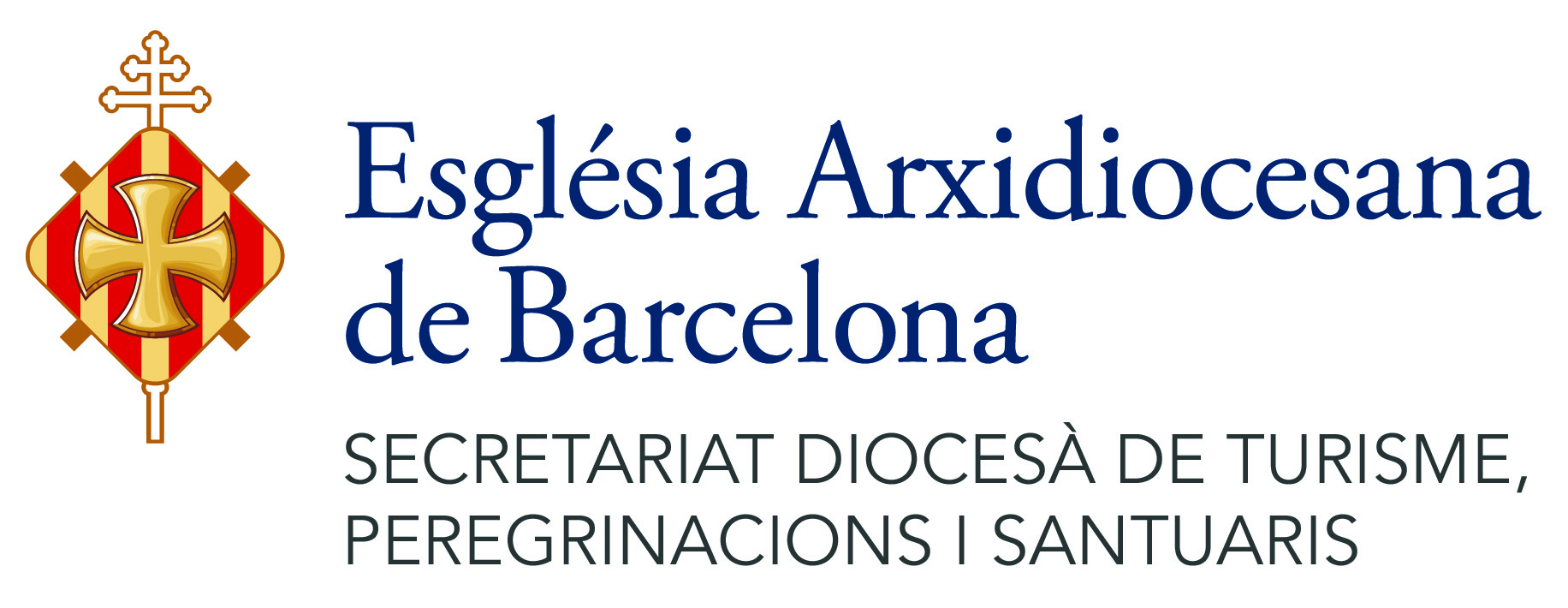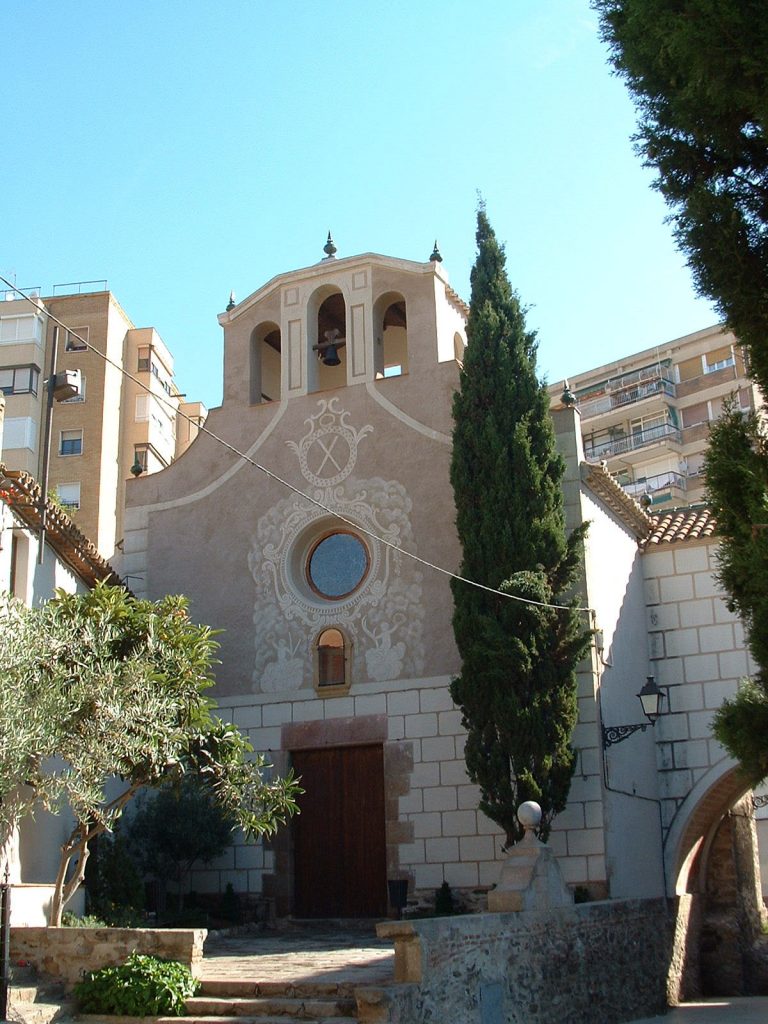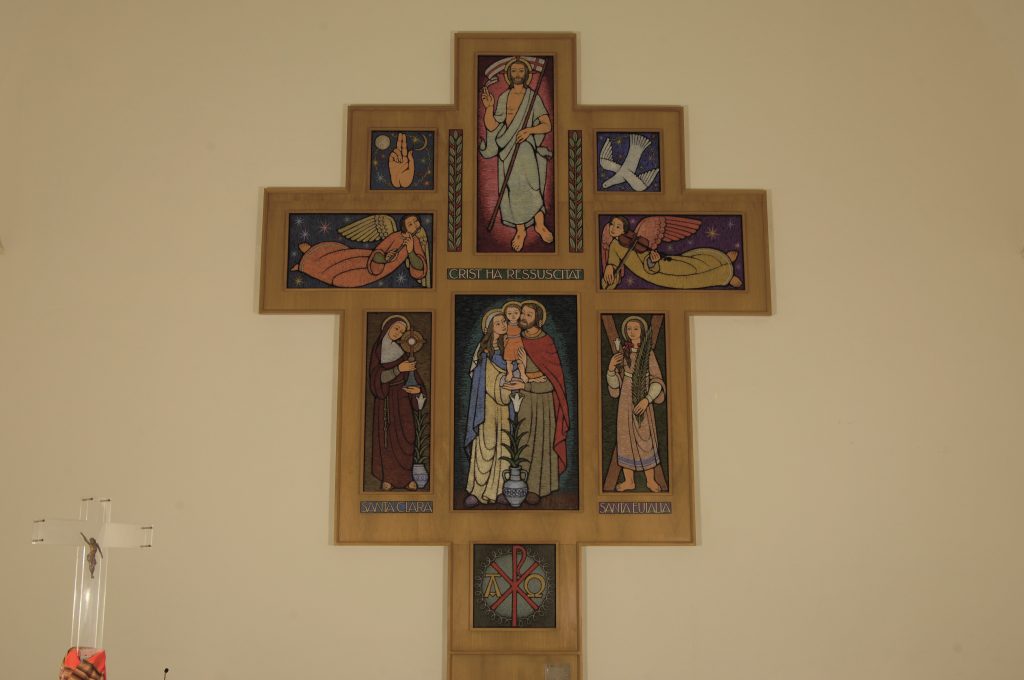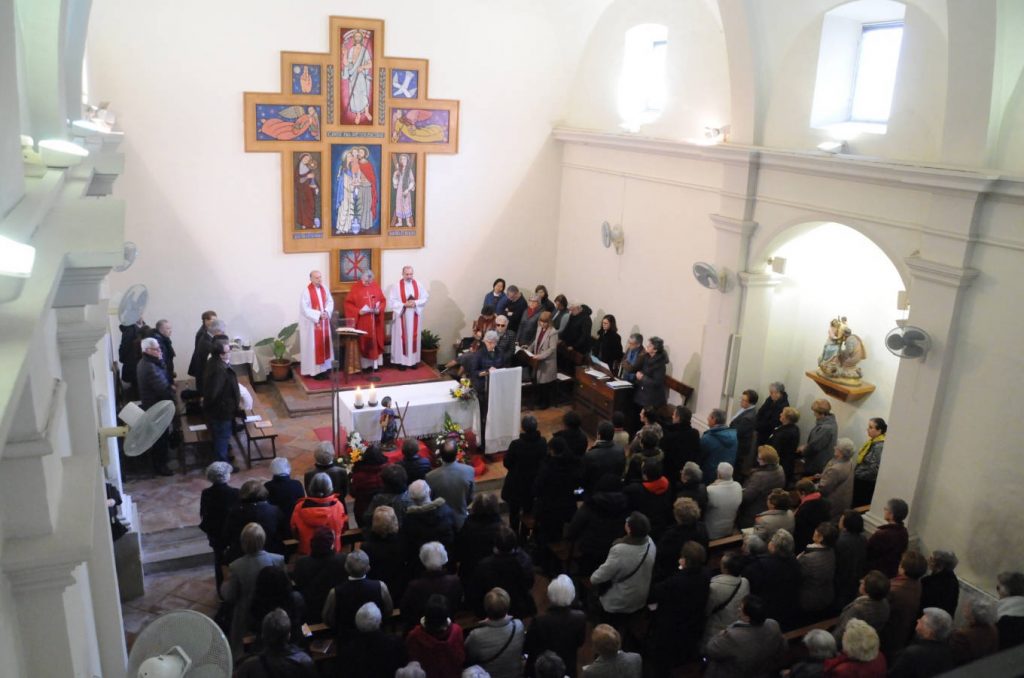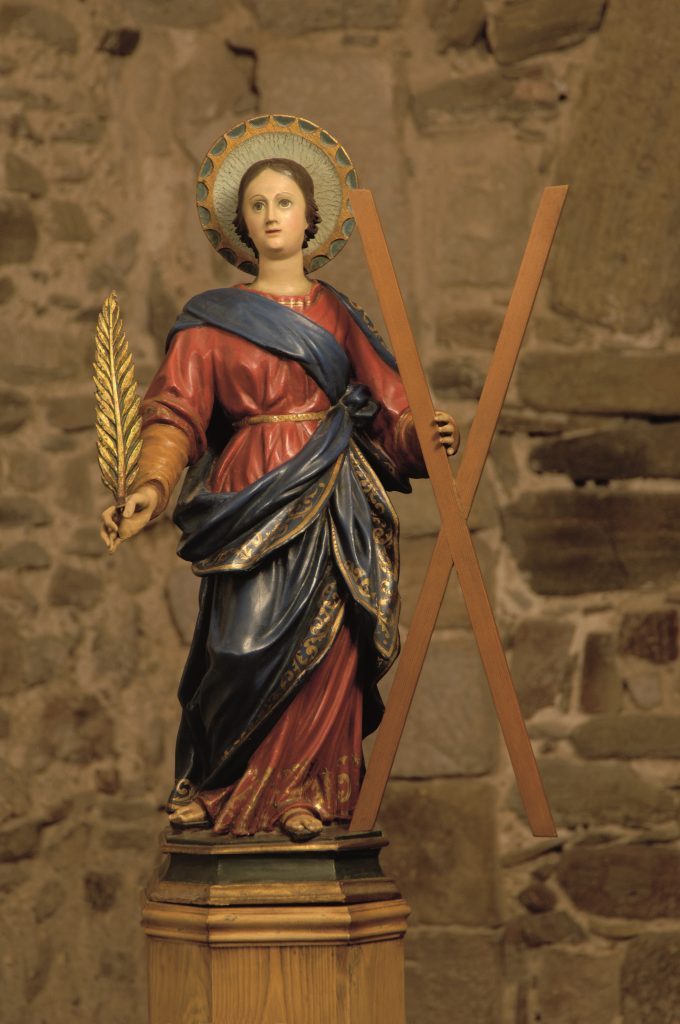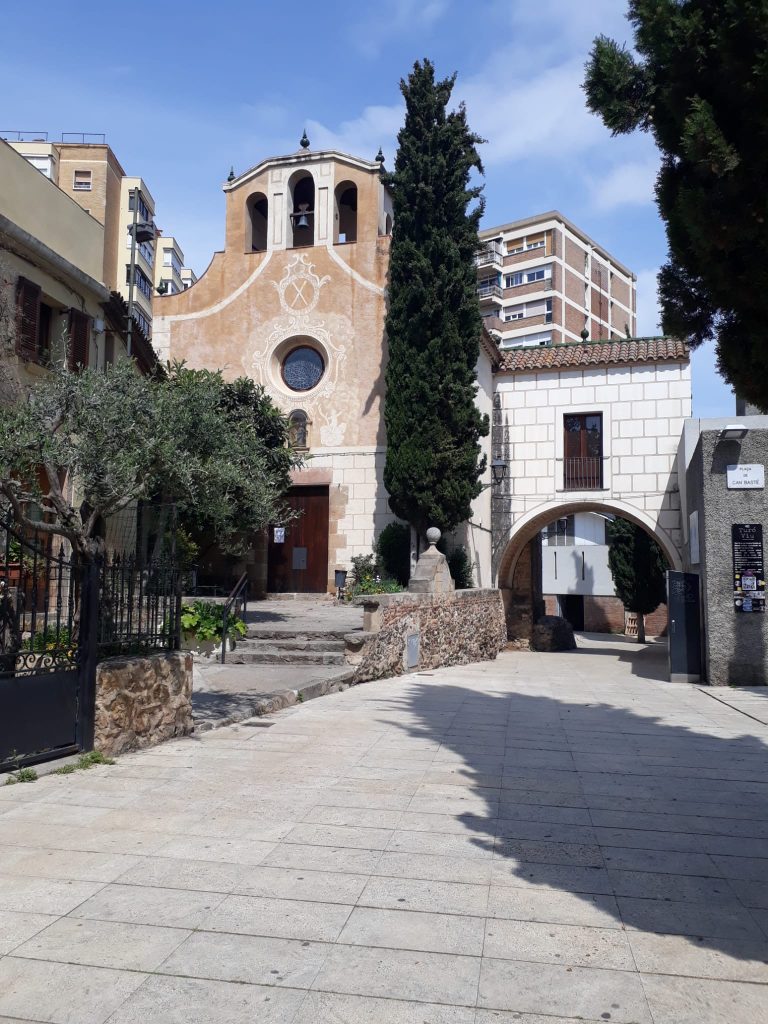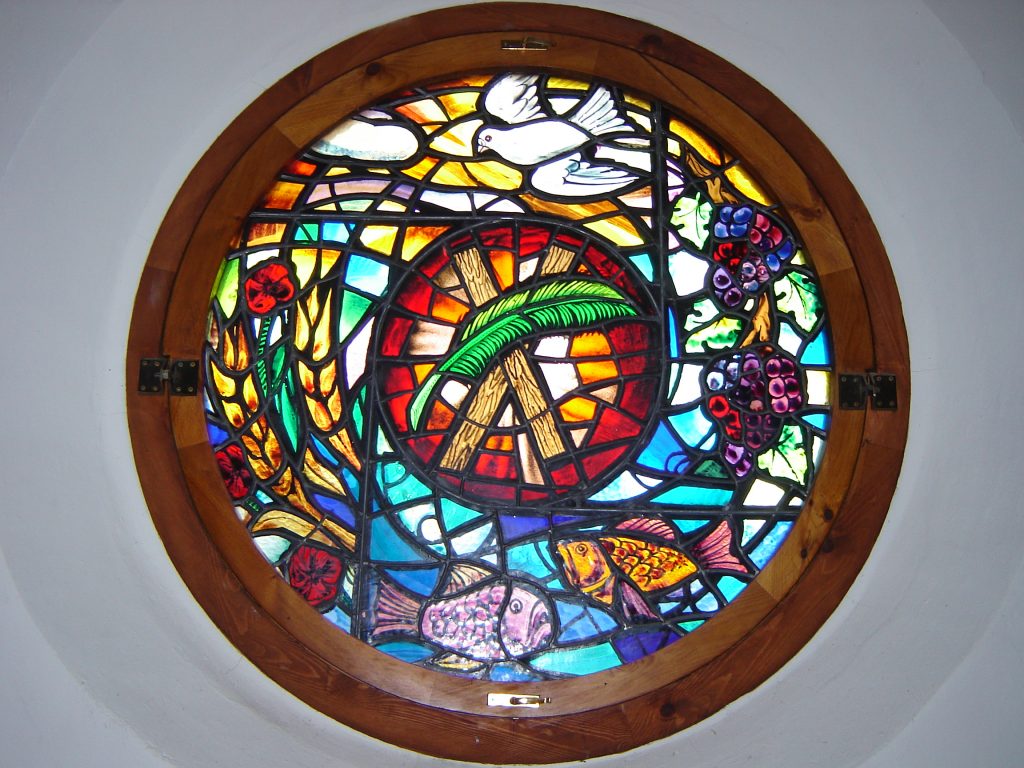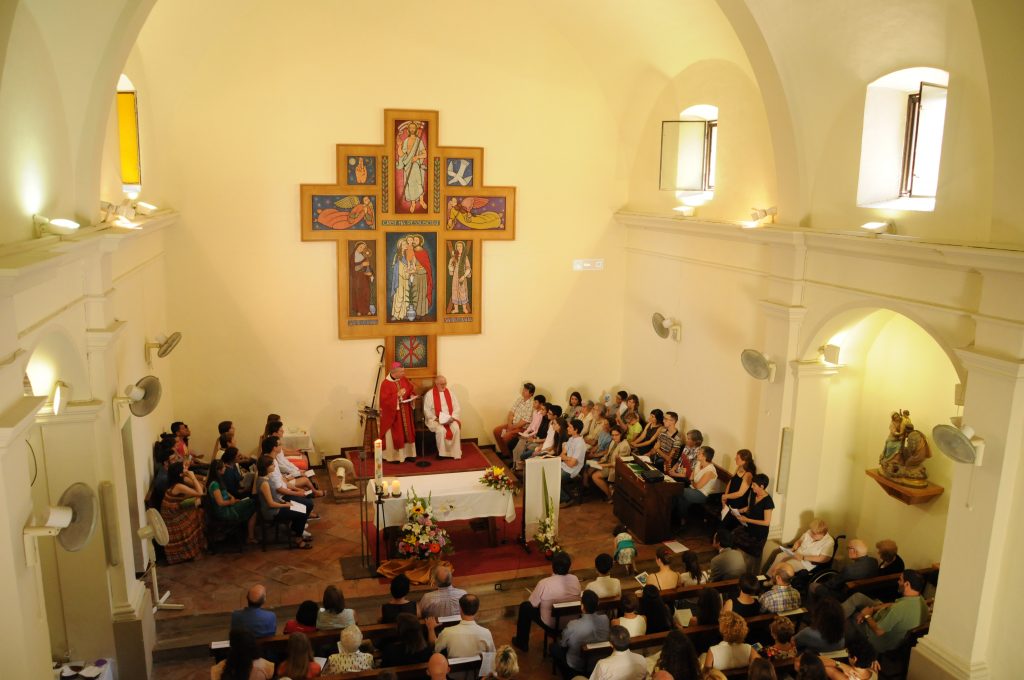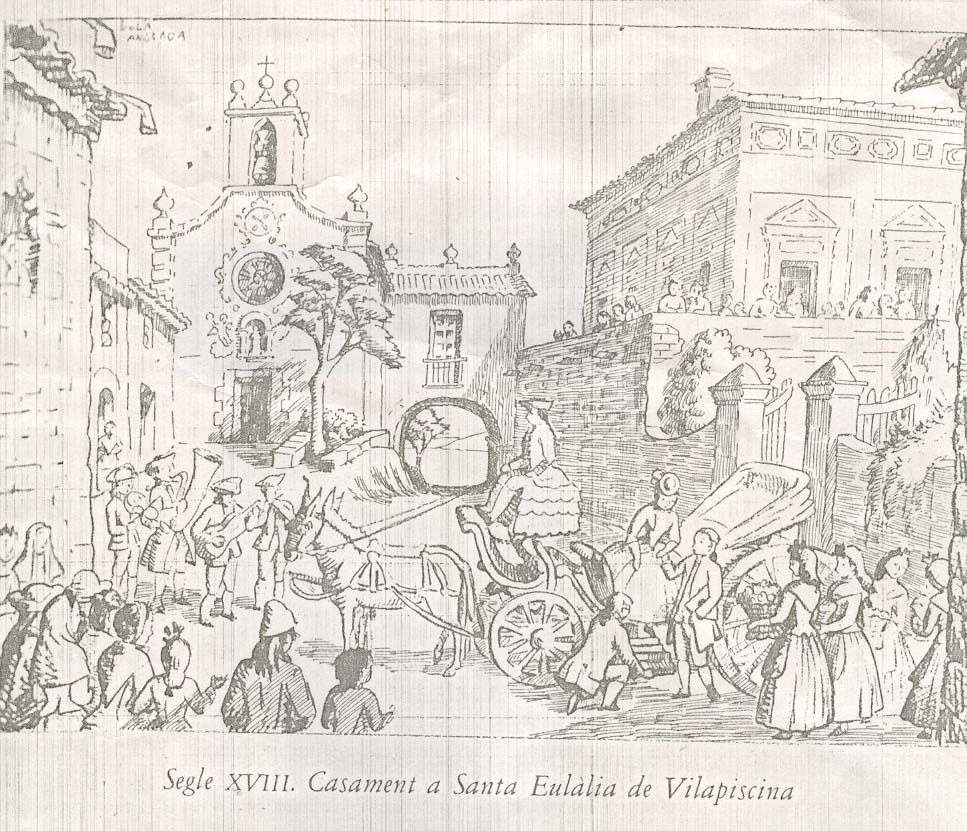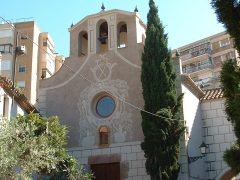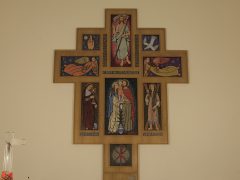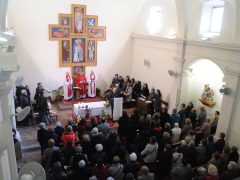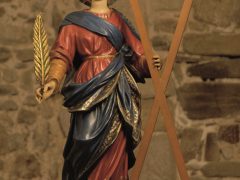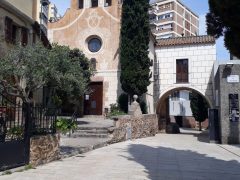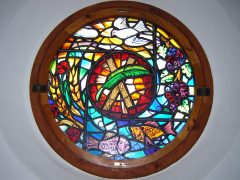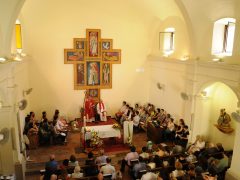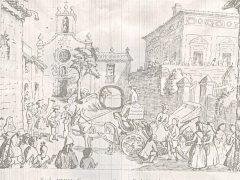The Sanctuary of Santa Eulalia de Vilapicina has its origins in a small rural chapel, built on some Roman remains, on what was the road that linked San Andrés de Palomar with San José de Horta. Since the year 991 (10th century), the chapel has been documented under the invocation of the Saint.
In 1781 the current Sanctuary was built, financed by popular subscription and, at the same time, the bridge that connects the sanctuary with the Can Basté farmhouse was built. In 1866 Bishop Pantaleón Montserrat i Navarro erected the chapel of Santa Eulàlia as a parish and Can Basé was enabled as a rectory.
Due to the continuous increase in population, the current parish of Santa Eulàlia de Vilapicina was built. In 1905 the sanctuary lost its status as a parish in favor of a new temple built. As of this date, the sanctuary was limited to the celebration of catechesis and some celebrations and popular acts. Later the temple suffered the ravages of the Civil War.
In 1969 the building was recovered and restored and the cult was reestablished. At the beginning of the 2000s, thanks to the efforts of the community and the neighborhood, a new rehabilitation of the Sanctuary was possible. The chapel has a single nave, with a barrel vault over transverse arches with a gabled roof and a flat roof. The façade is crowned by a bell tower formed by a small body of three arches. The façade is decorated with sgraffito with iconography referring to Santa Eulàlia and an image of the saint in a niche above the door. A beautiful rose window also stands out.
The Sanctuary of Santa Eulalia de Vilapicina is listed as a property of local interest.
